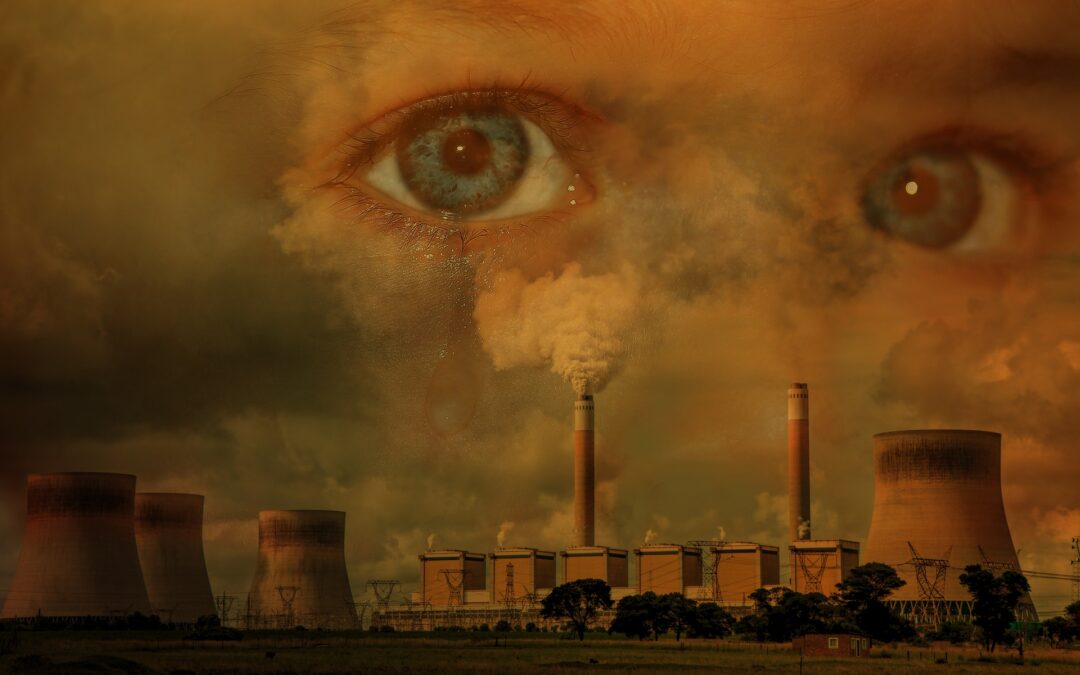
FOMO
Fomo means Fear of Missing Out.
Neologism appeared on Treccani already in 2015 and, as indicated by the Accademia della Crusca, published in the Zingarelli in 2022.
I just told you about Darth Anxiety: on fears I am very well prepared.
Have you ever had fear or a sense of exclusion?
Do you have or know other types of phobias?
The first considerations regarding the phobia of being excluded would seem to go back to Dan Herman, marketing expert, I would advise you to take a moment to read this analysis.
The fear of being cut out can also be understood as exclusion from the famous commercial offers that offer products in promotion “until sold out” or by announcing a limited number of pieces.
But the academic study on the phenomenon was published by the team of Andrew Przybylski of the University of Oxford and pointed out that Fomo disproportionately affects young people, especially males.
This leads to associate the fear of being cut off with the virtual world of social networks.
However, it is not so obvious and according to a further National Library of Medicine‘s study which was also attended by “our” Sara Palmieri there is still a lack of correlation.
The results are as follows:
In some populations, FoMO appears to increase with age and is inversely in other populations. Facebook use is unrelated to FoMO in some populations, and a higher FoMO is linked to stopping Instagram use for some individuals. The FoMO-Internet use association is independent of gravity, since the interaction is not significant and this association is neither linear nor curvilinear. The FoMO-Internet use association does not appear to be associated with depressive, anxiety and stress symptoms or life satisfaction levels.
FoMO demonstrates a considerable role in the use of the Internet; however, there is no evidence of bidirectional interaction or association between the aforementioned. Overall, we still don’t know what factors contribute to individuals exhibiting distinct patterns in the FoMO-Internet use association.
What’s your opinion?
What do you think about social networks?
On June 28, a film produced by KDPBelgium will premiere in Antwerp, the title is FOMO:
a group of 10 influencers take part in a brand new reality show with a trip to the world as the main prize. The game, which takes place deep in the forest, doesn’t turn out to be as innocent as thought. Numerous bizarre situations occur that lead the group to question the program setting. When a masked killer suddenly shows up, the game turns into a battle for survival and a game of cat and mouse takes place between the influencers and the killer.
But in this case I would say that the type of fear is very different, isn’t it?



 Hi I'm Claudia and this is KCDC.
Hi I'm Claudia and this is KCDC.




OPINIONI